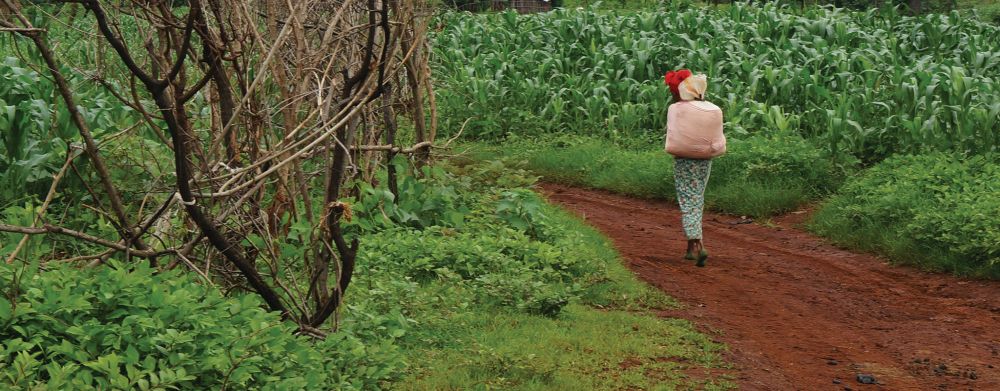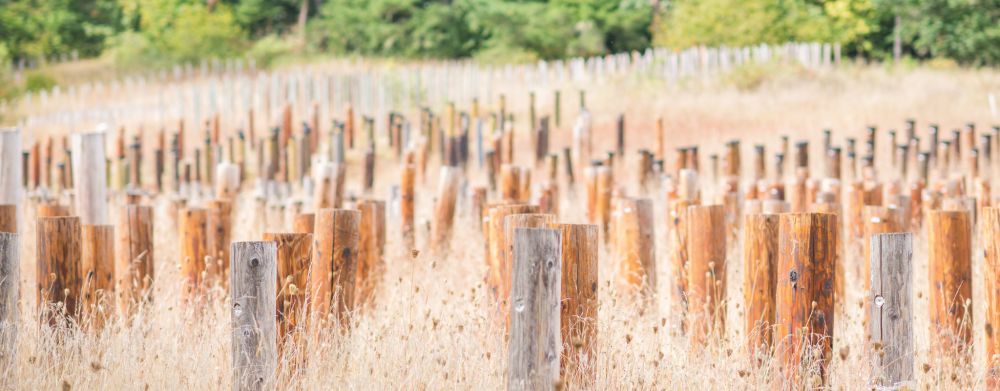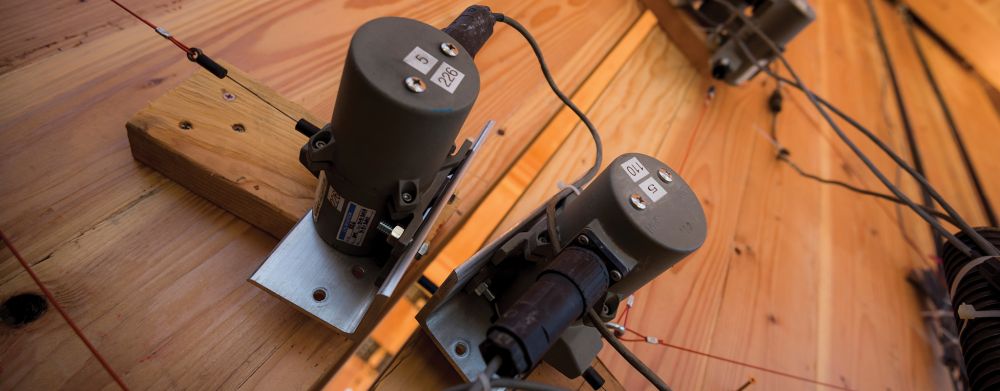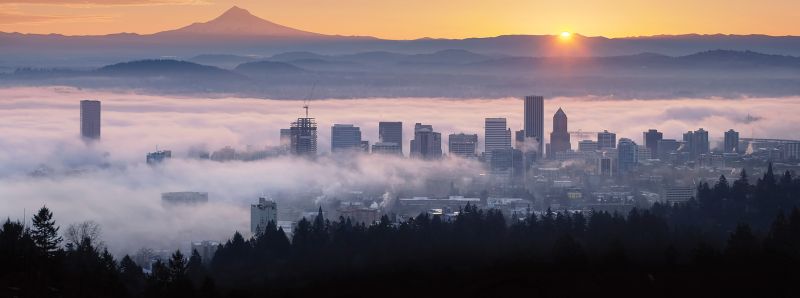
For Zowie Blue DeLeon, an undergraduate student majoring in natural resource management, resilience means having the mental, emotional and physical elasticity to see beyond the single experience of suffering.
“Bigger picture, things may be hard now, but they won’t be forever,” DeLeon says. “That perspective can provide strength during hard times.”
DeLeon, who uses both they and her pronouns, encountered many situations while growing up which required inner strength. However, at the time, they didn’t necessarily see themselves as being “resilient.”
“I grew up in a toxic environment, left home when I was sixteen. I had to grow up fast and learn a lot through trial and error. I am the first to break many cycles in my family and a first-generation college student. I’ve experienced estrangement, loss, death, being a caregiver, feeling alone and that if I failed, no one would be there to help me.”
DeLeon admits that when she was younger, they believed resilience was forged by putting up walls and being tough to make themselves feel safe. DeLeon doesn’t feel that way anymore.
“Over time, I have learned that resilience is moving through difficult or uncomfortable experiences with fluidity, softness and empathy,” DeLeon says.
Though outdoor recreation was not central to DeLeon’s childhood in the southeast, they were always outside and interested in plants, trees and bugs. After DeLeon moved to Corvallis, a friend who attended OSU inspired DeLeon to begin college, and at the age of 21, they joined the OSU community to study biology.
“As a first-generation college student, attending university was a big deal for me,” DeLeon says.
After working a season in an Alaskan fishery, DeLeon realized they wanted to pursue a career in natural resources with a specialization in fish and wildlife conservation. DeLeon is seeking an additional degree in anthropology and is interested in traditional ecological knowledge and Indigenous stewardship.
DeLeon received multiple scholarships from OSU and the College of Forestry.
“These scholarships allowed me to work less and focus more on my education as well as my personal and professional development. Because of the financial assistance, I can participate in fellowships, clubs, research, volunteer work and invest in myself.”
These opportunities outside of class helped them zero in on their focus, and DeLeon advises incoming students to seize every opportunity they can.
“Exploring is how I developed my sense of direction. I took a few classes just for fun, like pottery and yoga, attended free lectures, joined clubs, went to socials, and found out wherever there was free food. These experiences are some of my favorite memories on campus and led me to new friendships and interests.”
DeLeon worked as a student employee in the Dean’s Office and was recognized and awarded for her outstanding contributions. Nominators noted that DeLeon approached her work with thoughtfulness and dedication and was a leader to her office mates.
DeLeon plans to graduate in the spring of 2022 and hopes to find a job with an agency or enroll in grad school. DeLeon’s dream job or graduate program would focus on ethnoecology or the intersection of Indigenous stewardship with aquatic ecology and fisheries.
DeLeon thinks that cultivating resilience requires both humility and vulnerability.
“The ability to communicate ‘I have no clue what I am doing’ and the ability to ask for help to find direction and solutions can help with navigating hard times,” DeLeon says. “Dropping your guard and your ego can help you gain the support you need to persist and find solutions during difficult times.”
A version of this story appeared in the Spring 2021 issue of Focus on Forestry, the alumni magazine of the Oregon State University College of Forestry.









